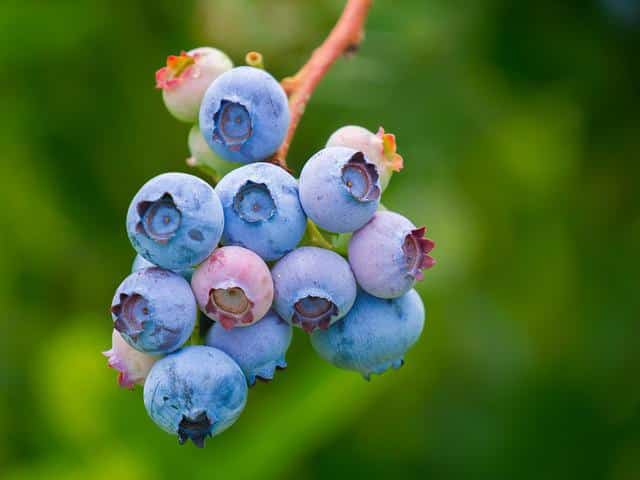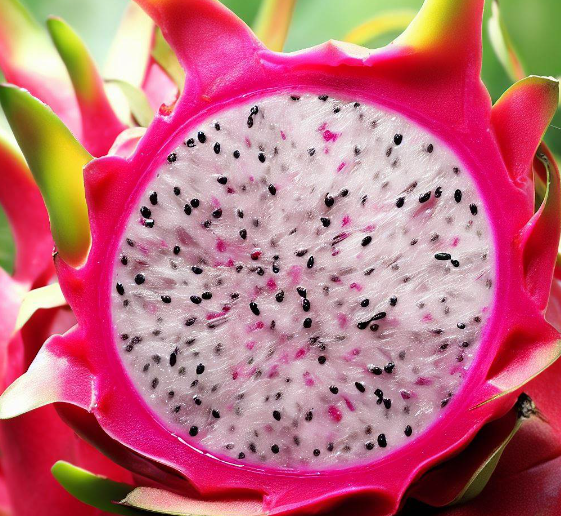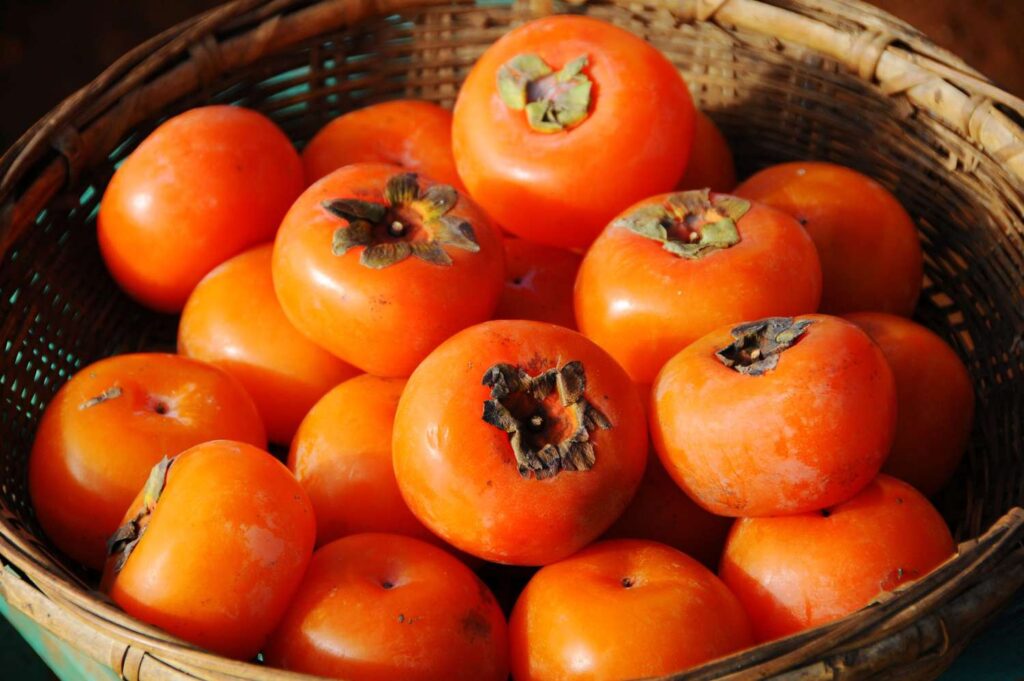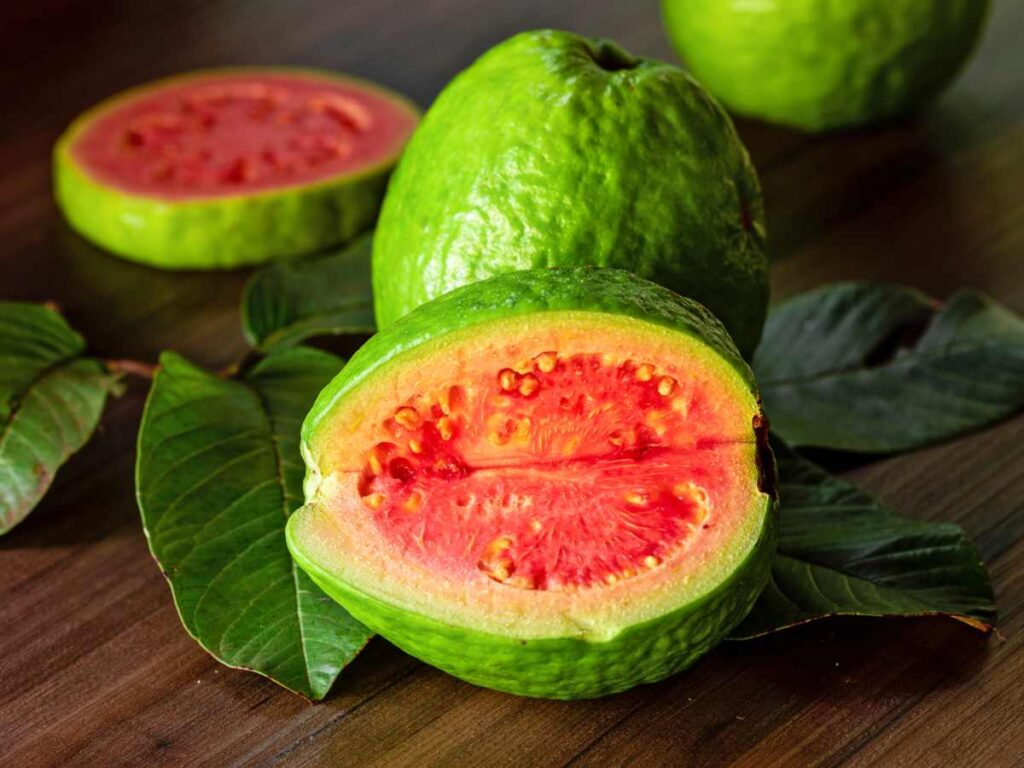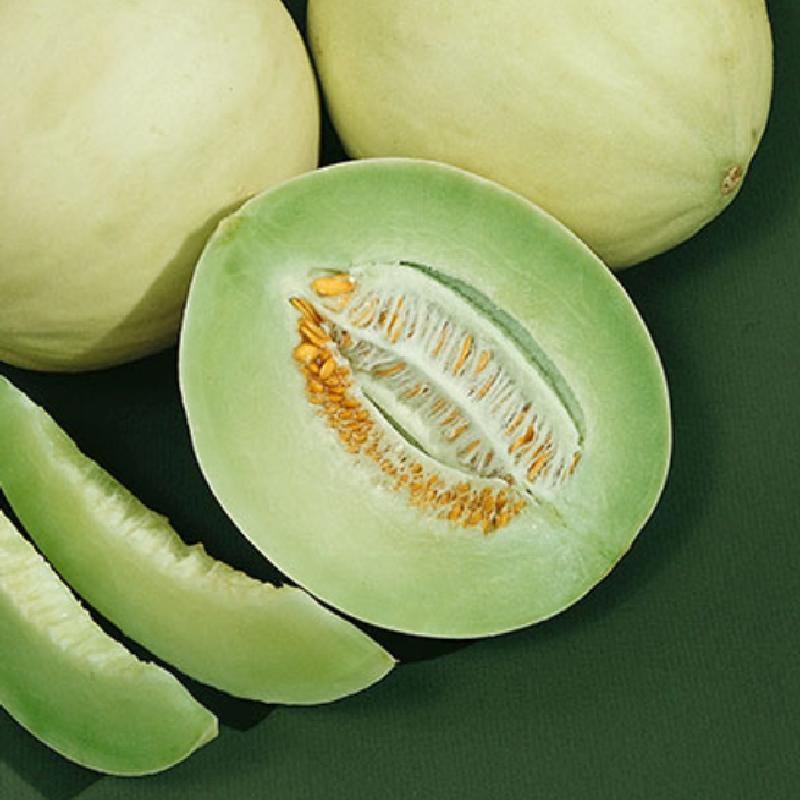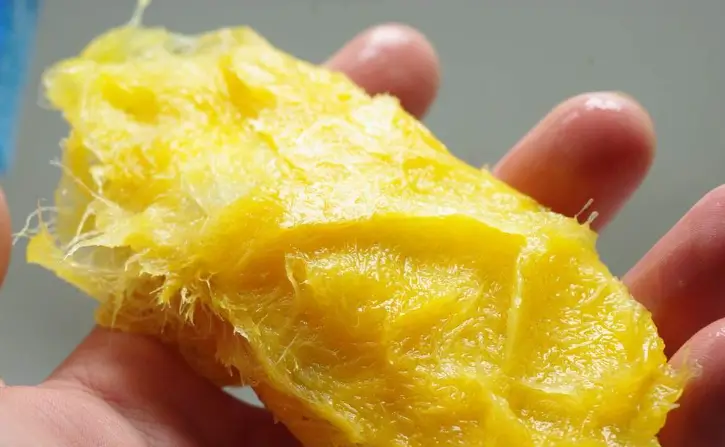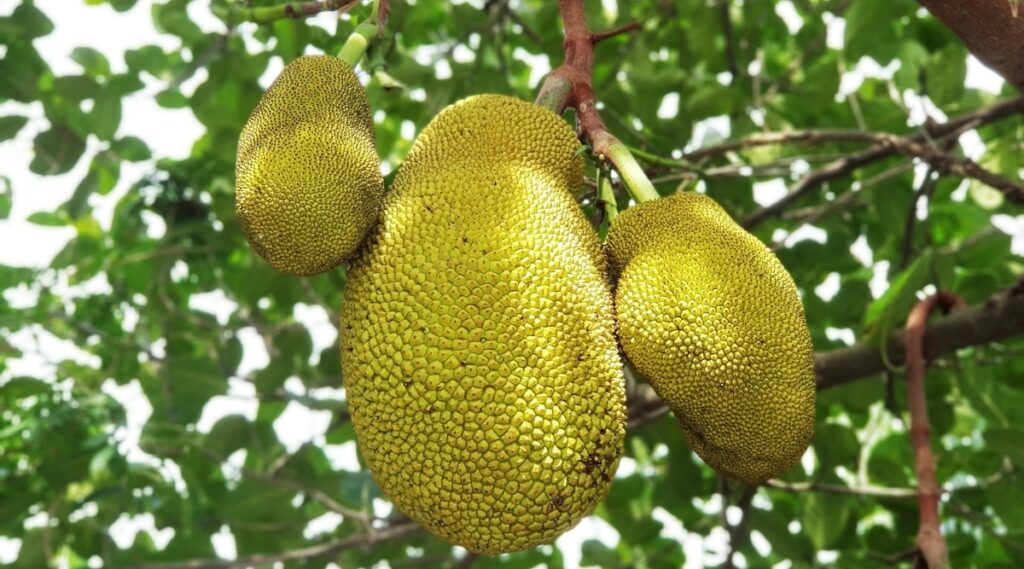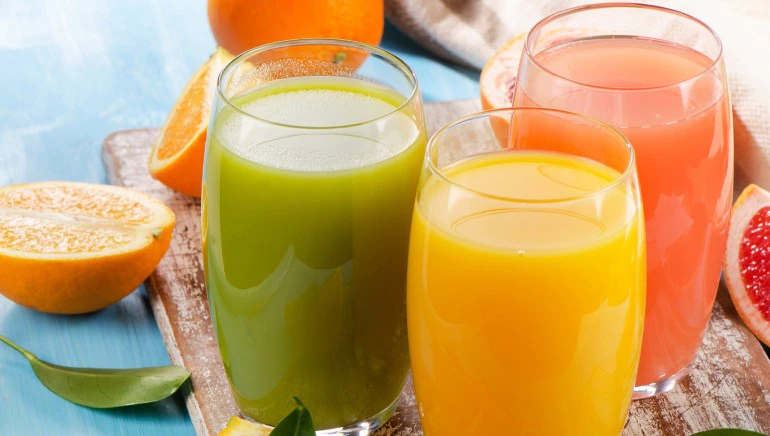Eating fruits is really good for you because they have lots of vitamins, minerals, and things that fight off diseases. But some people wonder if making fruit smoothies takes away some of those good things. We’re going to look at what happens when you blend fruits and what it means for their nutrients.
Lots of people like making smoothies because it’s an easy way to drink different fruits all mixed together. It’s especially handy for busy people who might not have a lot of time.
Table of Contents
- What’s in Fruits?
- What Does Blending Do to Fruits?
- Are Nutrients Lost When You Blend Fruits?
- Better Nutrient Absorption with Blending
- Avoiding Nutrient Loss
- Keeping the Fiber in Blended Fruits
- Antioxidants in Your Smoothies
- Blending vs. Juicing: Which Is Better?
- How to Keep Nutrients When You Blend
- Yummy Ideas for Blended Fruit Drinks
- What About Different Nutrients?
- Smoothies for Easy Digestion
- Conclusion
- FAQs
What’s in Fruits?
Fruits are full of stuff that’s important for our health, like vitamins, minerals, fiber for your stomach, and antioxidants that protect your body. Fruits are like nature’s special way of keeping us healthy and strong.
When you eat many kinds of fruits, you get all sorts of these good things, which helps you stay fit and lively.
What Does Blending Do to Fruits?
Blending fruit means using a machine to mash it up. This process breaks the fruit’s cells and lets out the good stuff inside. When you mix different fruits, you get a smoothie that’s easy to drink and good for you.
Are Nutrients Lost When You Blend Fruits?

Nope, blending your fruits doesn’t really take away the nutrients. There might be a tiny bit of loss when you blend, but it’s not enough to worry about. Actually, blending can make it easier for your body to take in all the good nutrients. Plus, it keeps the fiber and antioxidants, which are very good for you.
To keep as many nutrients as you can, use fresh fruits and blend them the right way.
Better Nutrient Absorption with Blending
When you blend fruits, it helps your body get more of the nutrients. That’s because blending breaks the fruits down and releases the nutritious bits so your body can use them better.
Avoiding Nutrient Loss
When fruit gets in contact with air, it can lose some nutrients, which is called oxidation. But you can fight this by doing things like adding fruits that are full of antioxidants, like oranges, to your blend.
Keeping the Fiber in Blended Fruits
Fiber is really important for keeping your stomach happy and working well.
When you blend fruits, the fiber stays inside because you’re using the whole fruit, including bits like the skin and pulp. This is great because it helps you stay full and keeps your digestion regular.
Antioxidants in Your Smoothies
Antioxidants are like your body’s defenders. They fight off harmful stuff and protect you.
When you blend fruits, you keep these defenders in your drink. So making smoothies can be a tasty and easy way to get more antioxidants into your diet.
Blending vs. Juicing: Which Is Better?
It’s good to know the difference between blending and juicing because they do different things to your fruits.
Blending keeps everything from the fruit, including the fiber. Juicing takes out the juice and leaves the fiber behind. So blending usually keeps more of the good stuff in your drink.
How to Keep Nutrients When You Blend
There are some tricks to keeping as many nutrients as possible when you make smoothies.
First, pick fresh and good-quality fruits. Then try to blend small amounts at a time, keep the air out as much as you can, and drink your smoothie right away.
Yummy Ideas for Blended Fruit Drinks
There are lots of fun ways to mix up fruits in your drinks.
You could make a colorful berry smoothie or a smoothie that tastes like a trip to the tropics! Try out different fruits together to make your meals more exciting and healthy.
What About Different Nutrients?
Some nutrients might be affected by blending more than others.
For example, vitamins like vitamin C and some B vitamins don’t like air and light very much. But minerals and other good stuff in fruits are pretty tough. Eating lots of different fruits can help make sure you’re still getting all the nutrients you need.
Smoothies for Easy Digestion
For people who have a hard time eating whole fruits or have stomach problems, smoothies can be a good choice.
Blended fruits are easy on your stomach because they’re already mashed up. And because you’re keeping the fiber, they can help your stomach work even better. mom and dad's-h1>
Adding fruit to your meals is a great way to help you stay strong and healthy. Blending fruits is a tasty and easy way to get lots of good nutrients. And remember,
blending fruits isn’t like cooking them; most of their nutrients stay put. So go ahead, blend some fruits and enjoy a delicious, nutritious treat!
Blending fruits makes it easy and fun to eat more of them, helping us get the vitamins and minerals they have. When you blend fruits and add them to a healthy diet, you help your body stay healthy and get the right nutrients.
Conclusion
Making fruit smoothies is a great way to eat fruits and get their health benefits every day. Even though some nutrients might break down a little when you blend fruits, it doesn’t really hurt the amount of nutrients you get.
When you blend fruits, your body can use their nutrients more easily, and you still get all the fiber and antioxidants. If you blend your fruits soon after you cut them, you’ll keep more of the nutrients.

